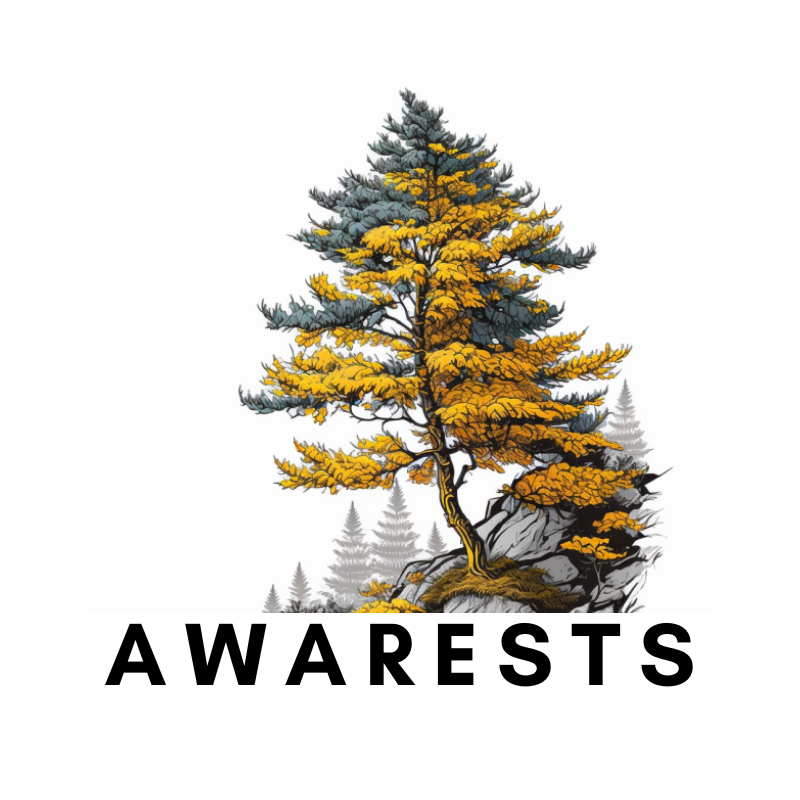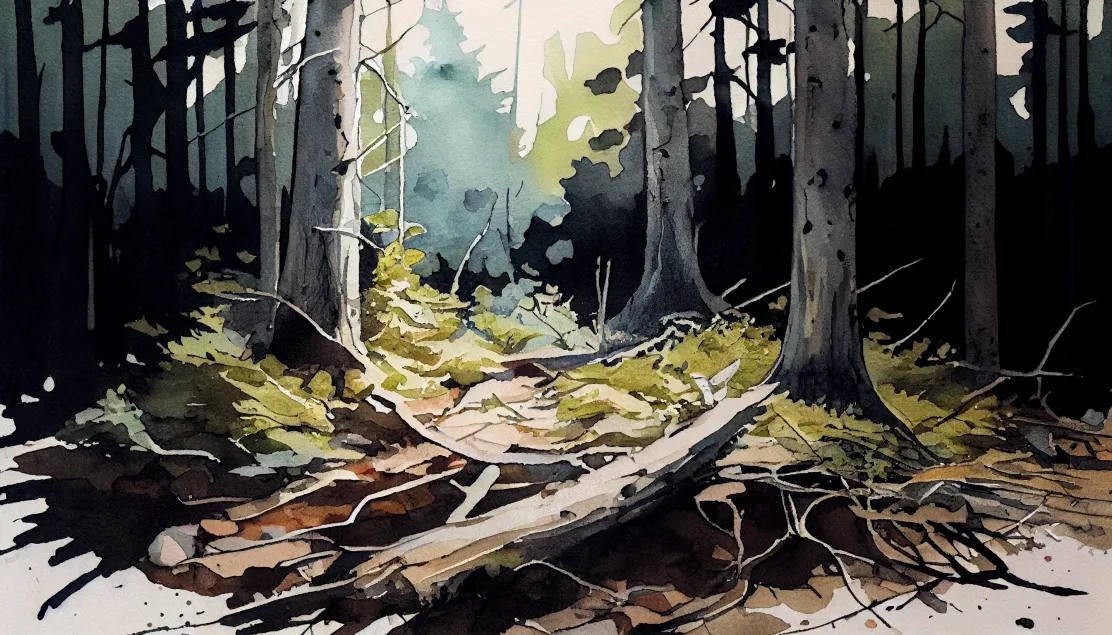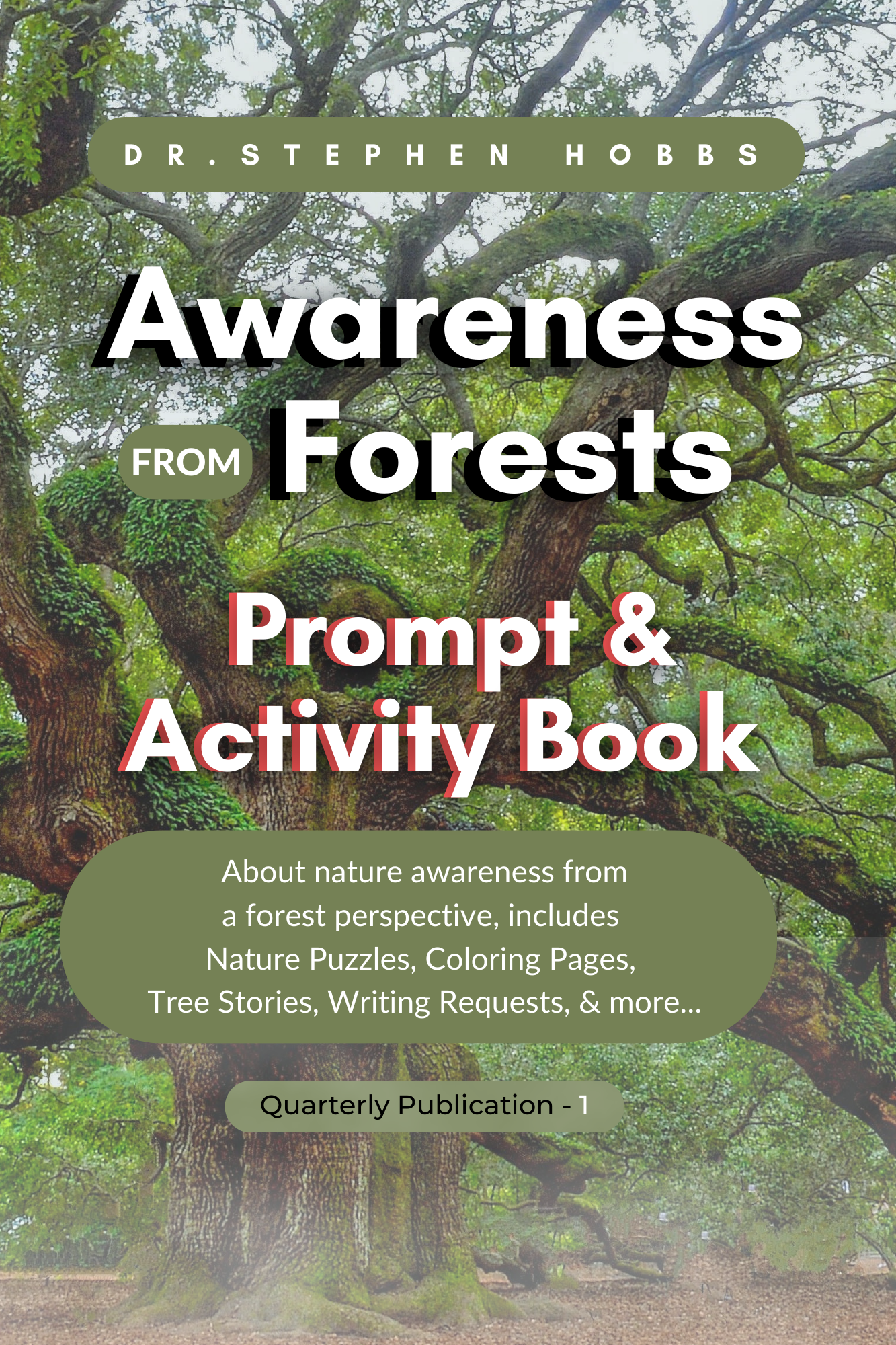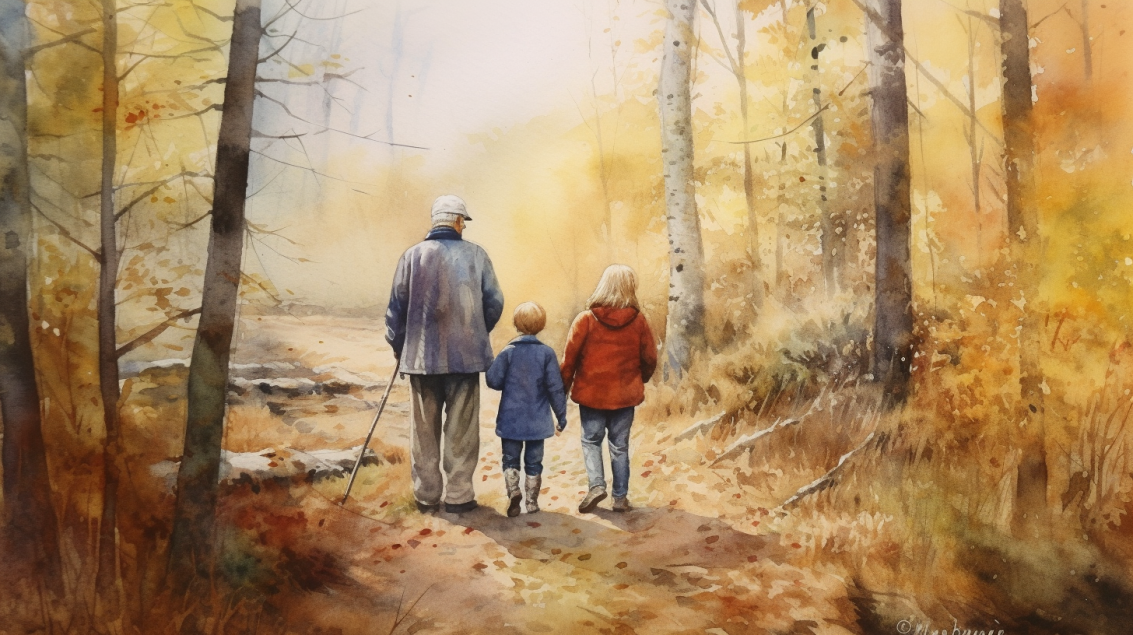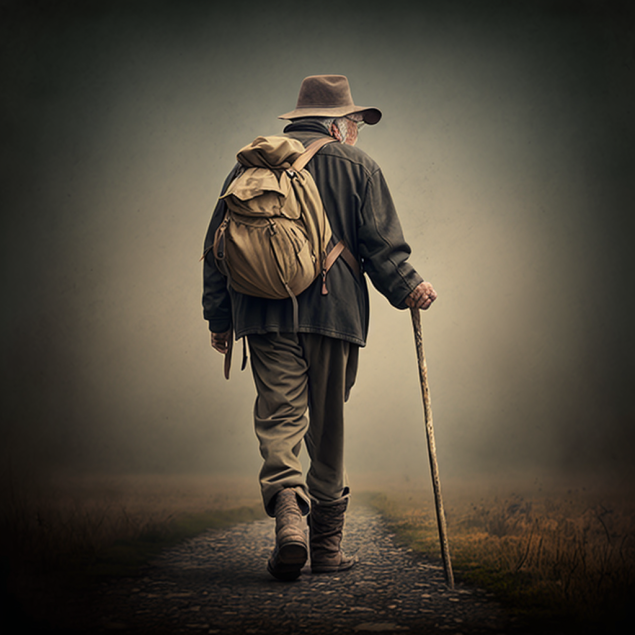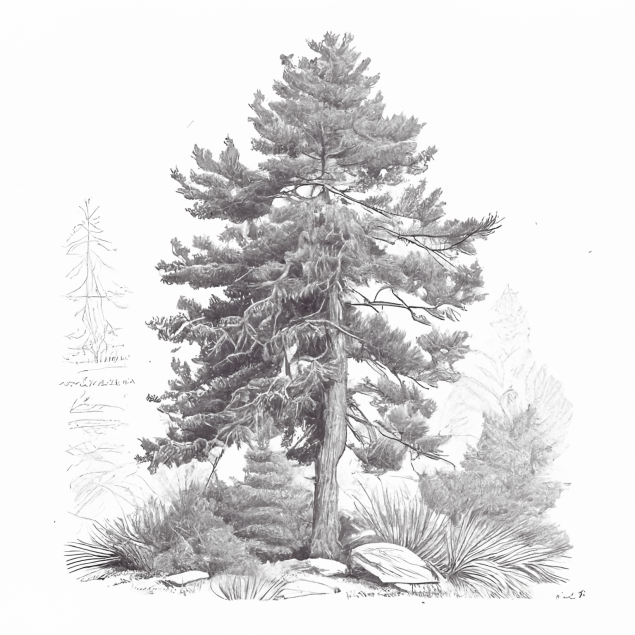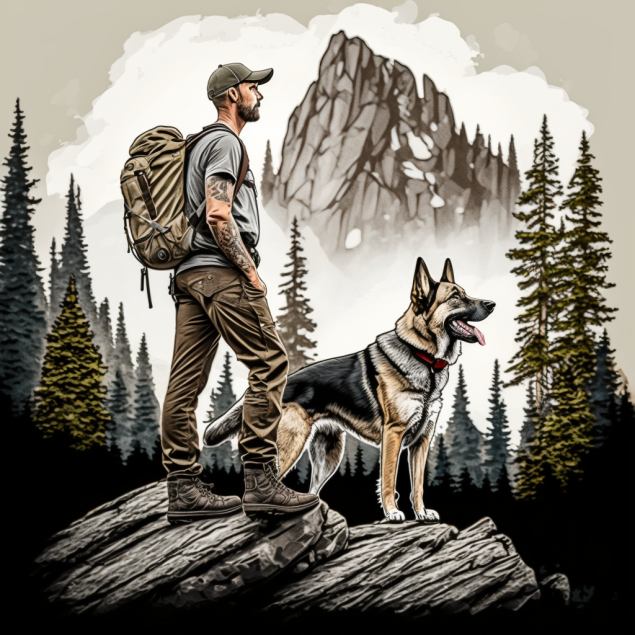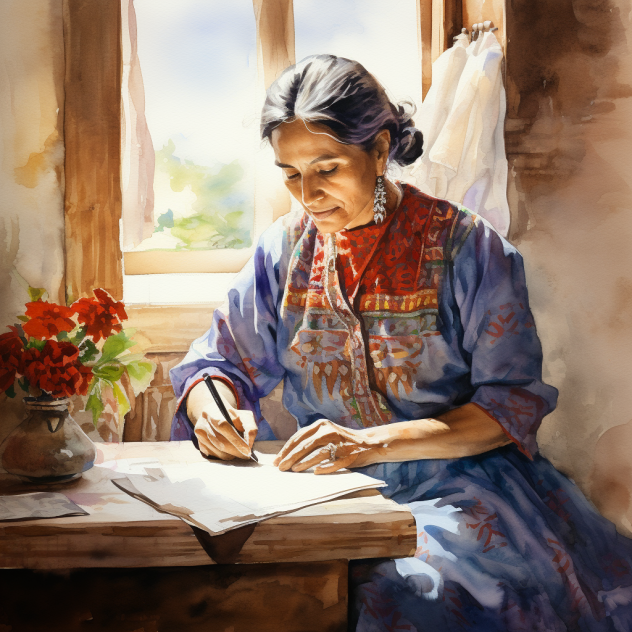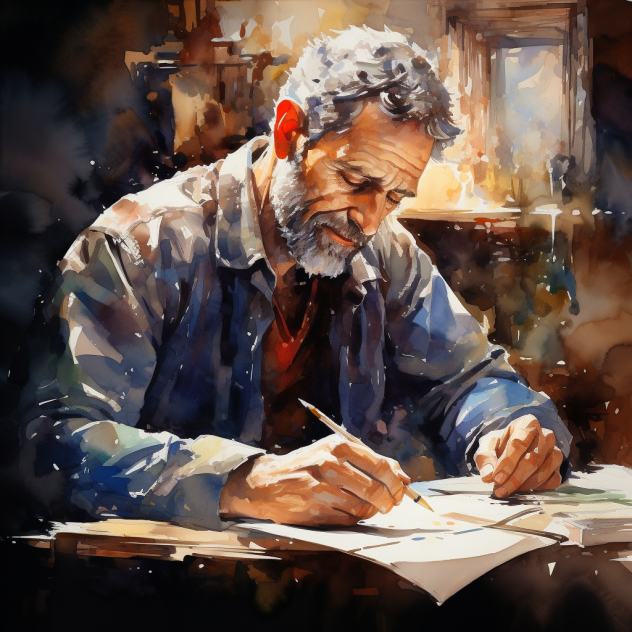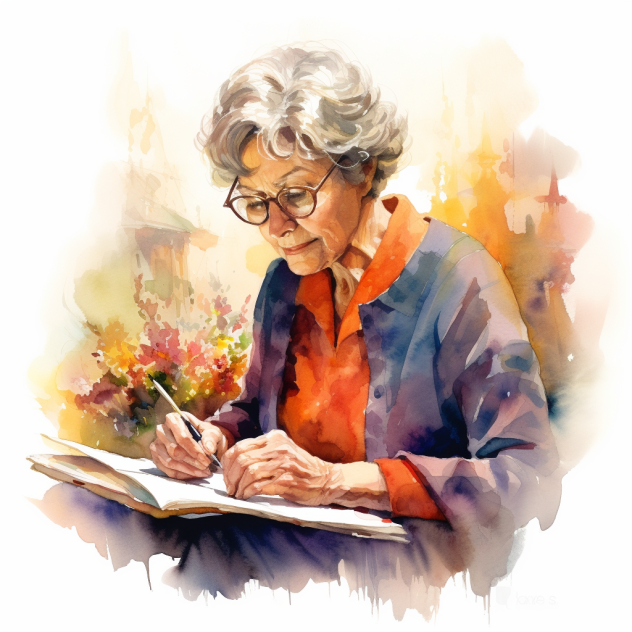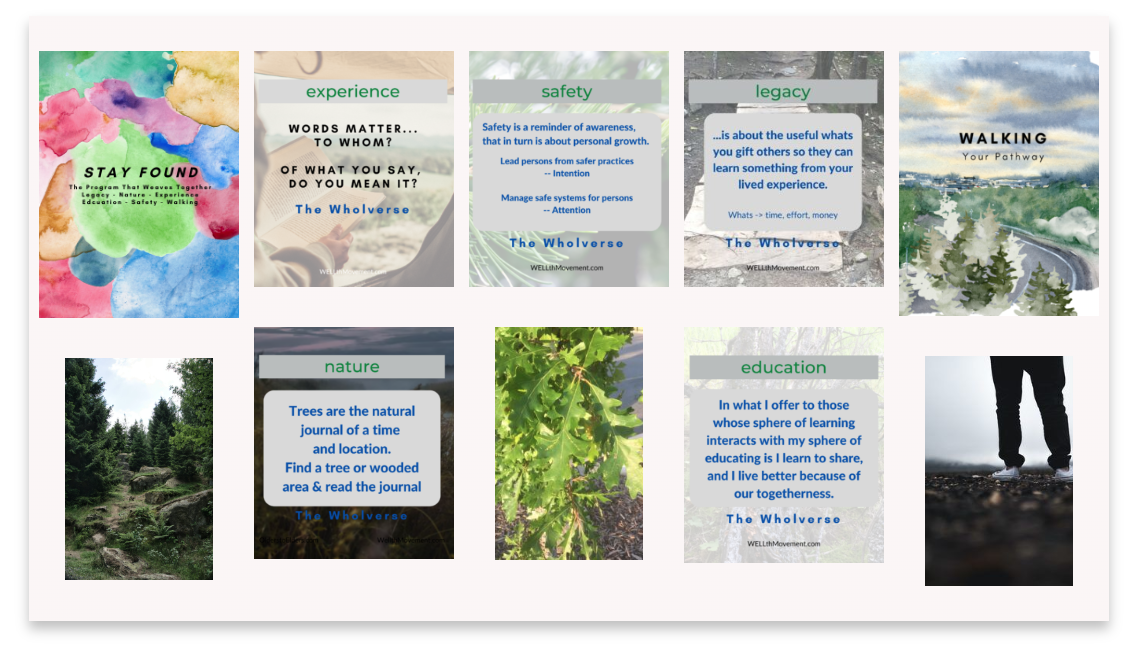Nature Fun, Emergency Ready:
Aligning First Aid Kit and Survival Supplies with Outdoor Activities
Audience: Those involved - considering involvement - with nature and they are researching ideas and insights to ensure a safe experience in nature through safer practices aligned with the outdoor activities.
SoloAgers - Empty Nesters - Retired Creators - Continuing Educators -
Olders as Elders - Grandparents - Intergenerational Contributors - and YOU!
When it comes to enjoying nature - the great outdoors, safety preparedness and prevention are top priorities.
Walking around the park in the city to day nature-walkers, to seasoned outdoor enthusiasts, some (who care about themselves and others) find themselves in a spirited discussion about the necessity of first aid kits and survival gear.
Should you carry two separate kits, combine them into one, or perhaps even opt for a modular approach?
The options are plentiful, and entrepreneurial-minded individuals have capitalized on this discussion by offering a wide range of first aid and outdoor survival kits for sale.
But is one kit better than the other? Ultimately, the decision rests with you.
As someone who values the majestic variations of the great outdoors, I've personally leaned toward creating my own customized kits to match the specific outdoor activity, weather conditions, and the individuals joining me on my adventures.
In this article, we'll explore the considerations and practices for aligning your first aid kit and survival supplies with your outdoor activities.
The Best Kit: Your Mind and Their Hands
Before delving into the "Yes-No Considerations" of physical kits and gear, and safer practices, it's essential to grasp a fundamental concept:
- the most valuable resources you have in the outdoors are your knowledge, skills, and your ability to think on your feet.
- this awareness (intention//attention) is your first and most versatile kit - your mind to think with and the hands of your fellow adventurers to work with.
Key Safety Reminder
A first aid kit and outdoor survival kit aren't mere collections of equipment in a bag;
your kit encompasses everything you have at your disposal. It includes:
- Your own experience, knowledge, and skills. These are your most potent tools in any outdoor scenario.
- The equipment you're carrying. This is the tangible gear you've chosen to take with you.
- The equipment your companions have with them. Their gear can complement your own and expand your capabilities.
- The equipment the ill or injured may have with them. In an emergency, the resources at hand can be invaluable.
- The natural resources available in your surroundings. These can range from water sources to available shelter materials.
With these considerations in mind, here are some suggestions for aligning your first aid and survival supplies with your outdoor activities (to manage safe systems for persons and lead persons from safer practices):
Personal Preparedness:
- Enhance your supplies for specific situations: And for longer trips, you can increase your material preparedness without adding significant weight to your pack. Tailor your equipment to the type of scenarios you might encounter.
- Match your equipment to your activities: Different outdoor pursuits require different gear. Make sure you're equipped for the specific activities you're engaging in.
- Check and recheck your kits: Before venturing away from your vehicle or home, meticulously inspect your first aid kit and survival supplies. Double-check for any missing or expired items.
- Create a checklist: Develop a comprehensive checklist for your kit and use it to review your supplies before leaving home. It's an excellent tool to ensure you don't forget crucial items.
- Organize your kit: Use distinguishable holders within your kit to keep items neatly organized. A toiletry travel bag that can be hung up or laid out can be particularly useful.
- Check expiration dates: Many items in your kit may have expiry dates, like medications. Regularly assess and replace any expired contents.
- Include essential contact information: Laminate a card with important telephone numbers for the area you're traveling in, including emergency services and a veterinarian's number if you're traveling with pets.
- Provide instructions: Laminated instruction cards for using the equipment in your first aid and survival kit can be invaluable, especially for those less familiar with the gear.
- Home contact details: Place your name and telephone number, along with an emergency contact, in your first aid kit. In case you're separated from your supplies, this information can prove vital.
Group Preparedness:
- Utilize checklists: Use your first aid kit and outdoor survival kit checklist as a reminder tool to prepare for potential situations.
- Check your companions' equipment: Verify what gear your companions have with them, but don't assume they know how to use it. Familiarity with the equipment is essential.
- Educate your group: Ensure that your fellow adventurers know how to use the first aid and survival kit you're carrying. A shared understanding of the gear is essential.
- Emergency contacts: Have each member of your group write down the name and coordinates of an emergency contact person, and distribute copies within your kits. This simple step can be a lifesaver in case of separation or injury.
- The best kit principle: Reinforce the concept that the most crucial kit is the one you carry in your head, ready to think, and the hands of your companions, prepared to work.
Collaborative Response:
- Use other's supplies first: In situations where illness or injury occurs, prioritize the use of the injured or ill person's first aid and survival kits, along with their clothing, before depleting your own resources.
- Tailor kits to activities: Ask each person in your group if their first aid and survival kits are suited for the activities you're engaged in. Ensure that the gear is aligned with the specific demands of your adventure.
Moving Forward
Align your first aid kit and survival supplies with your outdoor activities is a dynamic and highly personalized process. There's no one-size-fits-all solution.
The key is to combine your own knowledge and skills with the equipment you carry and that of your fellow adventurers:
- prepare and check
- educate your group
- collaborate effectively
All to ensure a safe and enjoyable outdoor experience.
Remember, your mind is your best tool, and the best kit is the one that adapts to the ever-changing conditions of nature. Stay safe, stay informed, and enjoy your outdoor adventures responsibly.
* The best kit = your head to think with, their hands to work with.
From the Article:
A checklist - main aim: Short day Solo-Walks and/or Walks With Others (including the dog)
Requires additional rewrite for walks longer than a day and/or larger groups
Walking In:
- Set the stage for the importance of safety in outdoor activities.
- Consider the ongoing debate: One kit, two kits, or a modular approach?
- Discuss the role of entrepreneurial first aid kits and survival equipment.
- Remember the ultimate choice: It's in your hands.
The Best Kit: Your Mind and Their Hands
- Understand the foundational principle of self-reliance.
- Emphasize the value of knowledge, skills, and adaptability.
- Recognize your most valuable resources are your mind and your companions.
- Reinforce the concept that the best kit is a combination of thinking and action.
Your Comprehensive Kit
- Expand the definition of a "kit" beyond a bag of equipment.
- Highlight the components of your comprehensive kit.
- Use your (the collective) experience, knowledge, and skills as essential tools.
- Evaluate the equipment carried by you and your group.
Personal Preparedness
- Tailor your supplies to match specific situations.
- Think through the strategies of preparedness for activity time and location..
- Match equipment to specific outdoor activities.
- Recognize the value of meticulous kit inspections before departure.
Group Safety and Preparation
- Safeguard the well-being of your companions.
- Identify specialized gear (requirements) in group activities.
- Carry extra safety equipment and food for the group.
- Distribute resources when needed.
The Checklist Approach
- Develop a comprehensive checklist for your kit.
- Use checklists to ensure you do not overlook//forget anything.
- Organize your kit with distinguishable holders for easy access.
- Check expiration dates to maintain safety.
Emergency Contacts and Instructional Resources
- Ensure access to laminated cards with crucial contact information.
- Include emergency services and veterinarian contacts if traveling with pets.
- Provide instructions on how to use the equipment in your kit.
- Include your (everyone’s) home contact details within your kit.
Collaborative Response
- Utilize group supplies in case of emergencies.
- Prioritize the ill or injured person's first aid and survival kits.
- Ensure use of ill/injured clothing/resources first before depleting your own resources.
- Ensure that the group's kits match the specific outdoor activities.
Moving Forward
- Discuss the key concepts of aligning safety supplies with outdoor activities.
- Reinforce the idea that outdoor fun should go hand in hand with emergency readiness.
- Encourage responsible enjoyment of the great outdoors.
- Align your first aid kit and survival supplies with your head and hands of others.
Along the journey as you weave your tapestry, understanding StoryScope and Legacy are important concepts and practices. A quick reminder of both follow:
Understanding the StoryScope
Our lives are stories waiting to be told, narratives that unfold with each passing day.
The metaphor of "StoryScope" invites us to view this narrative through different lenses. Just as telescopes reveal the vastness of the universe, microscopes uncover the intricacies of the microscopic world, stethoscopes listen to our vital sounds of living, our StoryScope allows us to explore and find the full spectrum of our daily existence.
Our daily lives resemble a kaleidoscope, with each decision, action, and interaction contributing to the ever-shifting, meaningful pattern.
As SoloAgers and seasoned professionals, you have a unique perspective on life's twists and turns. Your legacy is not only a reflection of your past-present but a blueprint for the future-present.
Legacy: The Useful Whats
Legacy is often associated with material wealth, but it extends far beyond possessions. Legacy comprises the "useful whats" we leave behind, including our time, effort, and money. These elements are the building blocks and seedbeds of our legacy, and how we allocate, plant them shapes the stories we share.
For SoloAgers, who have accumulated a wealth-wellth of experiences and knowledge, legacy is about passing on wisdom and lessons. Your is about preserving your story as it is about empowering others to write their chapters more skillfully. As professionals and educators, your legacy resides in the work you shared, the values you instilled, and the innovations you sparked.
Guide to Programming through WELLth Movement
for SoloLiving-SoloAging: Professionals and ParaProfessionals
If you have a Question and/or Comment
about one or more of the Programs and Projects
in the Legacy Agora EcoSystem and/or the PathMap,
please use this form. TU!
PS: The System and Maps are subject to Edits.
Moving Forward SoloLiving Legacy Life... as a SoloAger
Embracing SoloAging demands both introspection and action. SoloAgers, Empty Nesters, Orphan Elders, Widows/Widowers can navigate this phase with confidence by understanding the core concepts and practices, addressing the challenges, and embracing the benefits.
They can forge a path that is uniquely theirs and one that encompasses personal growth, independence, and the creation of a meaningful legacy.
If You are ready to take the next steps in your Confident SoloLiving, SoloAging journey,
review the Legacy EcoSystem and PathMap, and select your starting point.
Alternatively, book a free call to gain clarity on your path forward.
Your legacy life awaits; embrace SoloAging with confidence.
Transparency: AI-assisted based on priming and prompting! Considerable editing followed.
Please
share - TU!
It's all about sharing the legacy you intend to live (and leave).
For more in-depth insights about:
INVITE Soloaging Olders to be Elders
who discover, shape, and share the legacy
they intend to live and leave Start here
Certification as a mentor Start here
To contact us use our Contact Page
Add your comments - update the insights in your words
- share funnies for all of us to read below the blog list!
July 10 2025 FULL Moon Edition of the Solace Grove Magazine 11
Saturday Legacy Stories from Solace Grove #9AWhere Mountains Meet Community, and Every
Saturday Legacy Stories from Solace Grove #10 Where Mountains Meet Community, and Every
Saturday Legacy Stories from Solace Grove #9AWhere Mountains Meet Community, and Every
Saturday Legacy Stories from Solace Grove #9Where Mountains Meet Community, and Every
June 25, 2025 New Moon Edition of the Solace Grove Magazine 8Where
